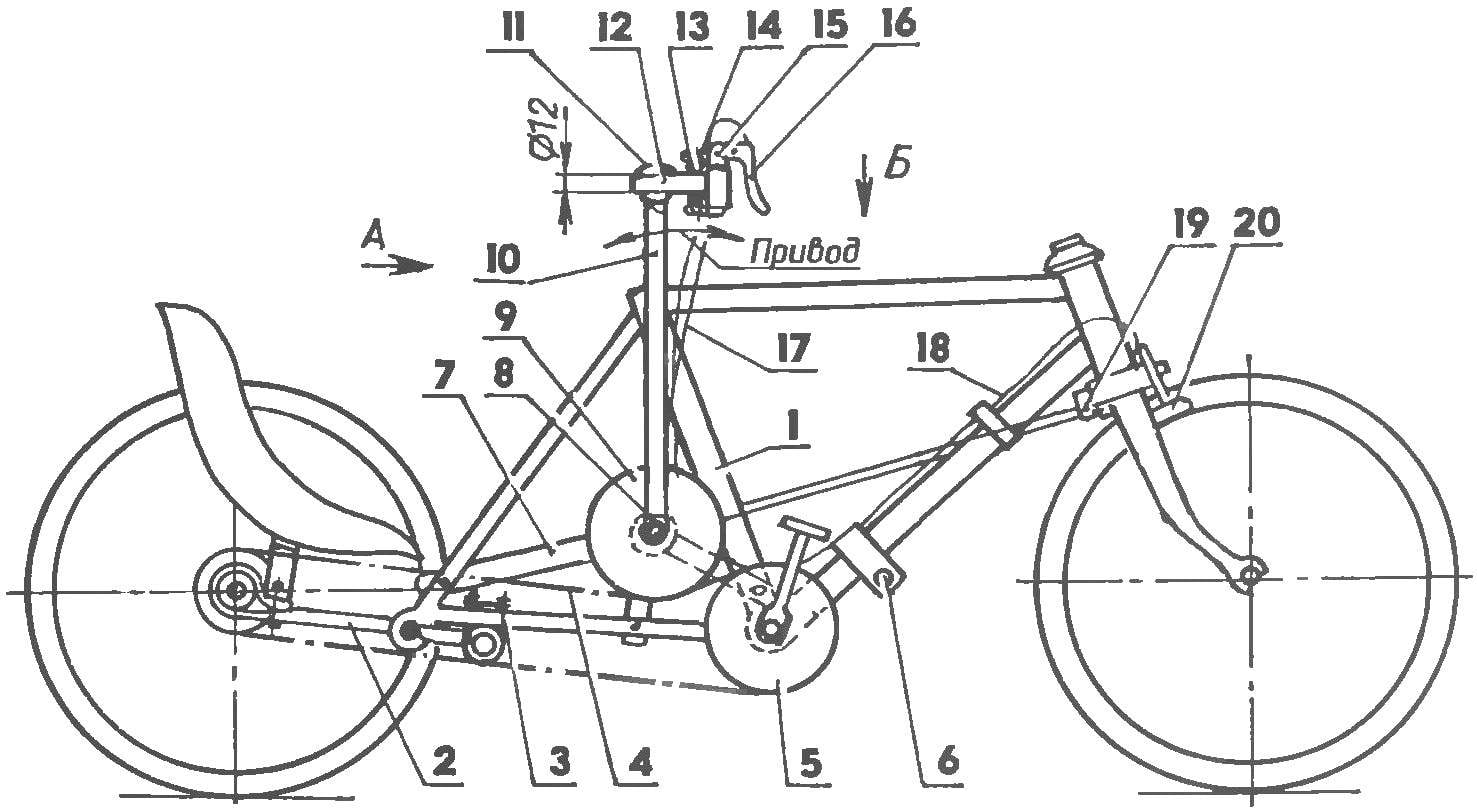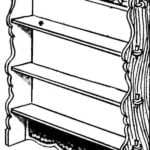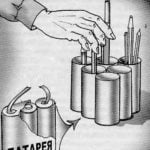 Olympic games were held in Greece. I like venoconstrictor, pleased with the success of our riders on the track. And was impressed winning four rowers on academic Powerful boats, rowing together our guys and the work they have consistently connected the muscles of the legs, arms and back. Here is biotransport! Is it possible to apply this principle in the muscular drive of the velomobile to use this land purely machine as a rowing machine?
Olympic games were held in Greece. I like venoconstrictor, pleased with the success of our riders on the track. And was impressed winning four rowers on academic Powerful boats, rowing together our guys and the work they have consistently connected the muscles of the legs, arms and back. Here is biotransport! Is it possible to apply this principle in the muscular drive of the velomobile to use this land purely machine as a rowing machine?
It turned out that the movement of the rower can be transferred to which is the basic model of the velomobile, published in No. 5/2000 “Modeller-designer”, having equipped with its optional manual transmission.
Frame the rear axle is attached to the main frame in addition to the bolts axes and even step ladders. On the main frame of the recumbent fixed with bolts and nuts M6 additional bottom bracket shell cut together with parts of the rear of the plug and attached pipe from the old frame. Fastening of knot made in such a way that two tubes is clamped between the feathers of the rear fork of the main frame, and a length of the plug compresses the seat tube. Top in mesh with the chain entered the large drive sprocket of the manual actuator mounted on the shaft for more Dobby unit so that the work was not less than ten teeth and chain links.
Left the rods at both the bottom bracket shell nodes directed in the same direction as the right. For this purpose, the shafts of carriages for pins of connecting rods pritachivajut additional flats (on the opposite end from the existing one). The “manual” cranks tubes are tightly placed front of old bike frames, bent parallel to each other (view a). To this end, the connecting rod head is slightly turned. So get the manual lever (10), in which the transverse tube of the former column of the front fork (11) is drilled horizontal through hole 12 mm in diameter and welded the finger mounted with a bearing 201 in a steel cage. Securely welded to the latter conventional steering wheel so that his arms were the most comfortable to grip.
Received the “wheel” can be oscillating forward and backward, providing an additional actuator, and rotating the wheel in an arc to rotate the recumbent in the right direction.

Recumbent extra hand “rowing” drive:
1 — main frame; 2 — rear; 3 — step ladder (2); 4 — chain; 5 — sprocket foot operated drive; 6 — support rods; 7 — additional bottom bracket; 8 — “manual” rods (2 pieces); 9 — sprocket hand drive; 10 — lever; 11 — lateral pipe; 12 — bolts; 13 — the bearing 201; 14 — clip; 15 — steering wheel; 16 — the lever of a manual brake; 17 — steering cables (2 PCs.); 18 — brake cable; 19 — the rotary lever; 20 — block brake pads
On the crown of the front fork of the recumbent bolt and nut M6 is firmly secured duplici steering pivot arm — cut square tube 15×15. To the lever with both ends bolted with bolts two rigid (inextensible), but flexible metal cable thrown through the additional cross-slide (to the rotation of the steering wheel clockwise to match the rotation to the right). The other ends of the cables fixed at the “helm” an additional actuator at the same distance from the axis of rotation, and the front ends. To fix the wires on the wheel-“the wheel” should be in the full forward position of the hand lever. When the shift lever back is negligible (does not affect handling) easing of a tension of ropes.
On the lower frame tube with clamp and M6 bolt fastened terminal-emphasis for the lower rods. When riding with downhill or inertia of the legs located at this stop, and the body is adjacent to the back of the chair.
Handlebar mounted hand brake lever connected by a rope in a spiral braid with a block of rubber brake pads on the front fork. Given the large capacity of the dual (hand and foot) muscle of the drive, a small driven sprockets on the rear shaft you can put a number of teeth equal to 14.
The change of direction is ensured by turning the steering wheel around your finger (12) through flexible cables, the envelopes of the carriage and sliding when cornering on it. The cables transmit command on duplici lever (19).
From the bushing of the left rear drive wheel of the recumbent extracted the brake drum, so the drive has a loose reverse (bushing works as an overrunning clutch) and provides smooth and easy rotation.
The cyclist is starting a movement, running out of legs (work abdominal muscles), and, leaning forward, caught holding hands on the steering wheel. Then starts to press on the pedals (leg muscles), and, straightening himself, pulling the steering wheel (working muscles). In the end starts to bend and the arms, thus repeating the cycle of movement of the rower.
Furthermore, prior to the beginning of the working cycle it is necessary to regroup and tighten the legs to the torso, and at the same time and work the abdominal muscles!
V. GAVRILOV, p. Zheleznovodsk, Stavropol Krai



